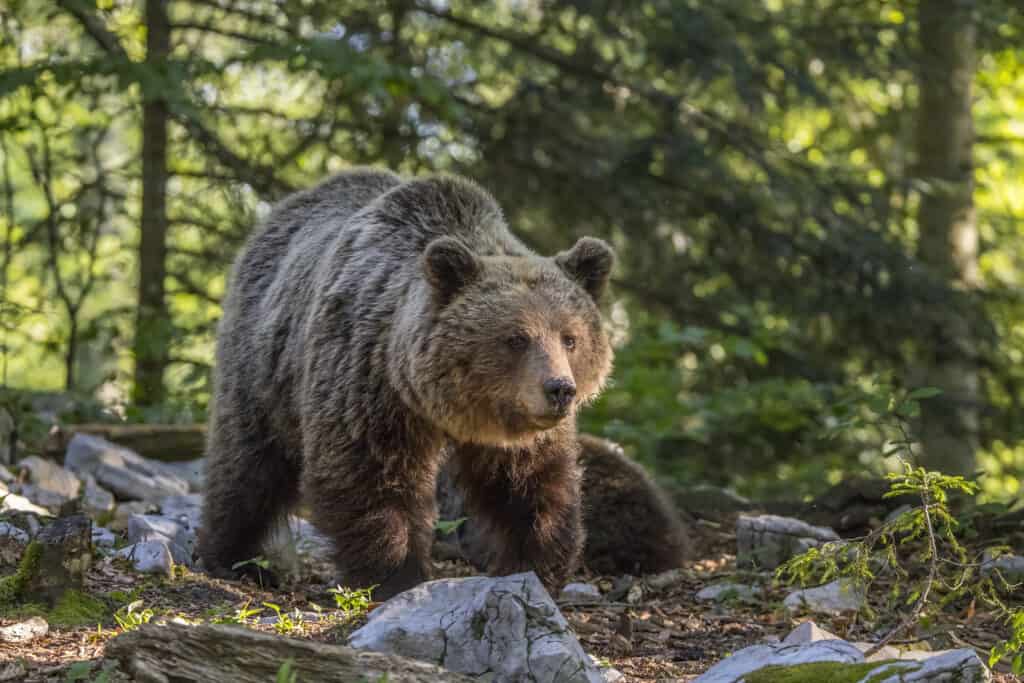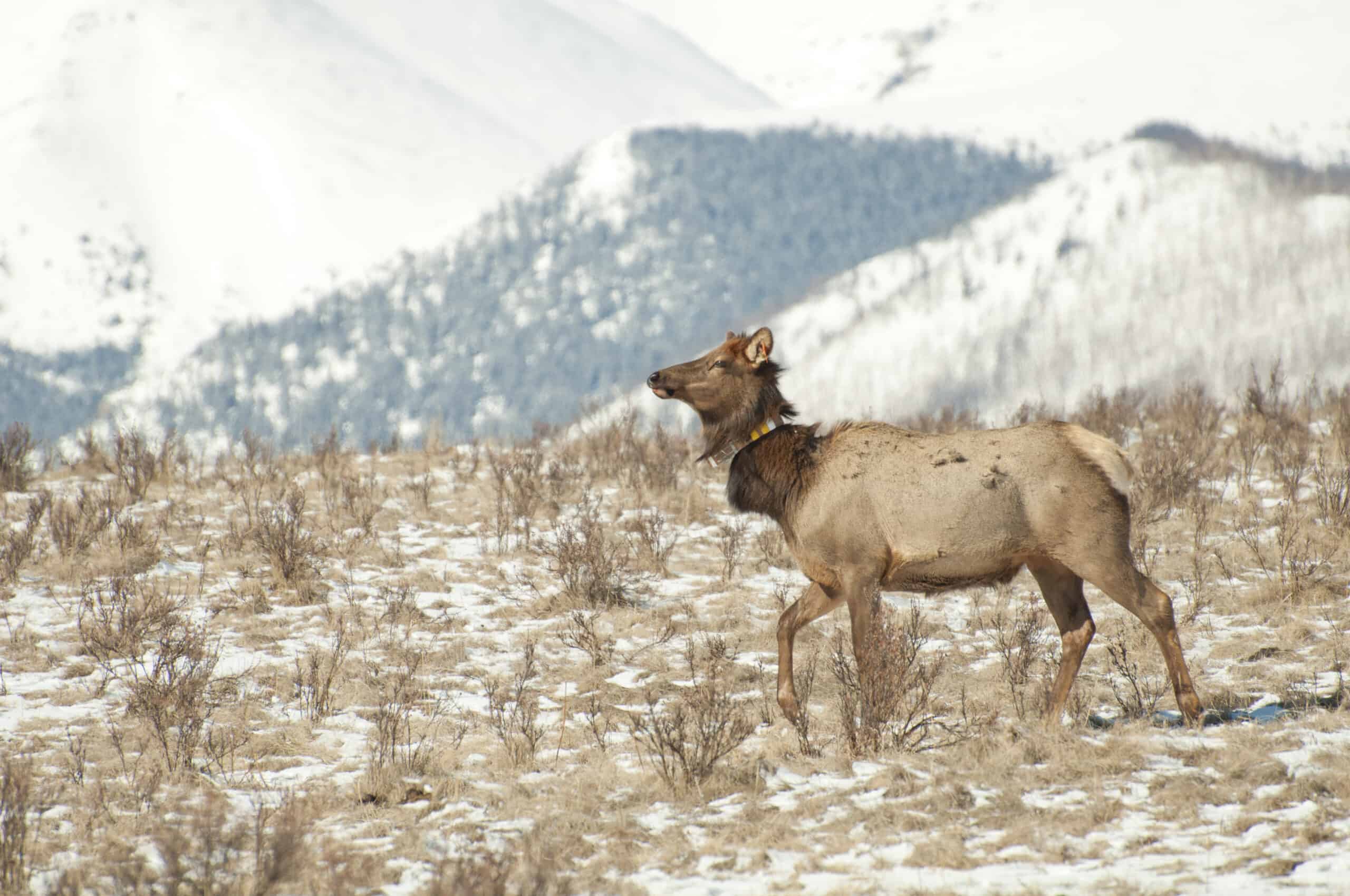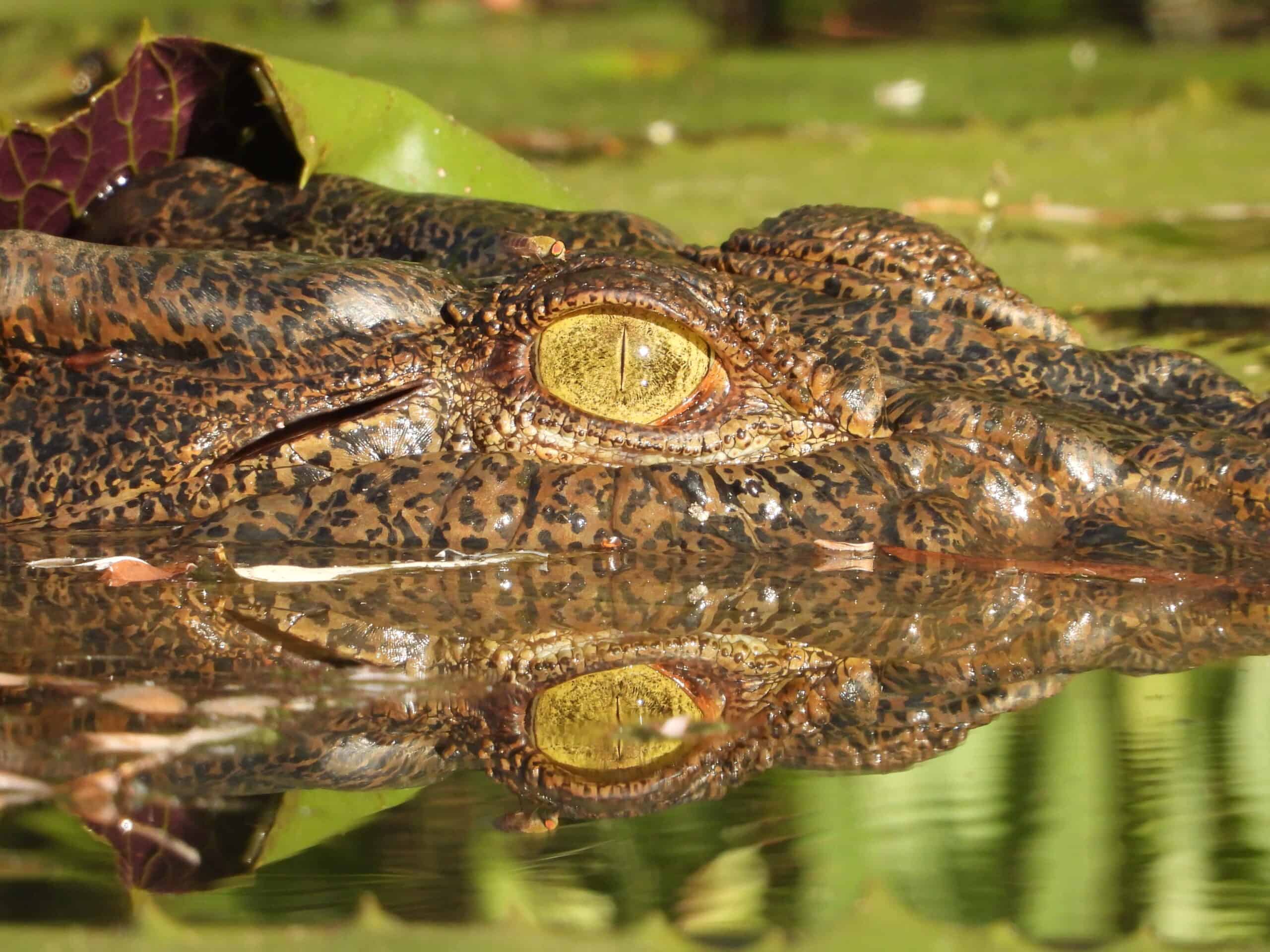Share this article
Q&A: Documenting the ‘anthropause’
Mark Hebblewhite was among 175 scientists observing how COVID lockdowns affected wildlife
It’s been dubbed the “anthropause.” During the COVID-19 lockdowns, people around the world noticed wildlife appearing in unusual places at unusual times. As humans stayed indoors, wildlife roamed more freely.
Or so it seemed. But how much of this was anecdotal? Could it be documented scientifically? In a study published recently in Science, 175 collaborators from around the world shared research they conducted on GPS-collared wildlife before, during and after the lockdowns. They found that in areas with strict lockdowns, animals really did change their movements.

Among the researchers was TWS member Mark Hebblewhite, professor of ungulate habitat ecology at the University of Montana. Hebblewhite’s research included his work in Banff National Park in Canada, where he leads the longest-running study on free-ranging elk (Cervus canadensis), and in Italy, where he was studying Eurasian brown bears (Ursus arctos arctos).
We caught up with Hebblewhite to talk about the findings. His answers are edited for brevity.
What’s the importance of gathering all these isolated studies in one place like this?
There were many, many anecdotes we all heard during COVID of animals changing their behavior. With the Italian brown bear population in the Brenta Dolomites, we did a bunch of modeling to say, if the bears were going to expand, how they would cross this major transportation corridor—the A22 highway that goes from Germany to Italy. Then during COVID, we saw the bears cross right where our models predicted. That’s great, but it’s an anecdote. Is that really an important generalization?
That’s really the power of a study like this. We looked at 43 different species—2,300 individual animals across 25 or so different countries.
The COVID effect was really strong. But then there was also variation in how the governments responded to restrict human activities. This case provided what we would call a natural experiment. When we look across all these studies, the big dramatic changes we saw in human activity during COVID had big dramatic effects on animal movement.
Such as?
First off, we were studying 43 species and 2,500 individuals. There’s a lot of variation. But we did find that really there wasn’t much change in average movement rates, although on a daily basis, animals didn’t have to move as much to avoid humans.
But long-distance movements increased, like the European brown bear crossing the highway because there’s no traffic on it. We think those are important for things like gene flow, genetic rescue and dispersal between populations.
The third thing we found is that the amount of human activity did matter. Typically, animals avoid roads, but their behavior changed the most with respect to roads in areas of the highest human activity—places like the Santa Cruz mountains or L.A. They were able to disperse more.

Did you find big differences between Europe, where lockdowns were more severe, and the U.S., where many people fled to nature to escape lockdowns?
Yeah, absolutely. The stronger the lockdown measures, the stronger the effect size on average and long-distance movements. In places like Montana, where there was this explosion of human activity, we actually had a negative effect.
What sort of things did you see in your backyard?
Unlike in Europe, we saw human activity spike on hiking trails in and around Missoula. Even in places like Banff National Park, there was this tendency for everybody to get pushed outside.
Local wildlife were probably responding to this spike in human activity, and avoiding high human footprint areas during daytime hours when humans are the most active. In the areas around cities with high human footprints, there probably was a negative effect—like the recreational bubble. But at the same time, highways were empty, so there could have still been some improved connectivity and long-distance movements.
Do you see any practical management takeaways?
This study is consistent with other studies we’ve done in places like national parks. For example, Banff National Park has two highways—a four-lane highway and a small scenic highway called Highway 1A, which goes through the best wildlife habitat in the valley for many, many species. Over many years, Parks Canada did a variety of studies to measure, does the scenic valley highway have a negative effect on wildlife?
They concluded it does, so they have seasonal closures on 20 kilometers of the highway where they just let bikers go through. The idea there is to reduce our footprint to allow wildlife habitat to be unimpeded. This COVID study directly supports management actions like that.
I also feel like, if we’re going to look to the future and expect another pandemic sometime—which nobody really wants to think about—we should expect these kinds of responses again. I actually think it’s a hopeful message. Wildlife is fairly resilient. If you build them some space, build them some habitat—they will usually come.
Header Image: GPS collars on elk in Banff National Park allowed researchers to study their movements before, during and after COVID-19 lockdowns. Credit: Celie Intering








